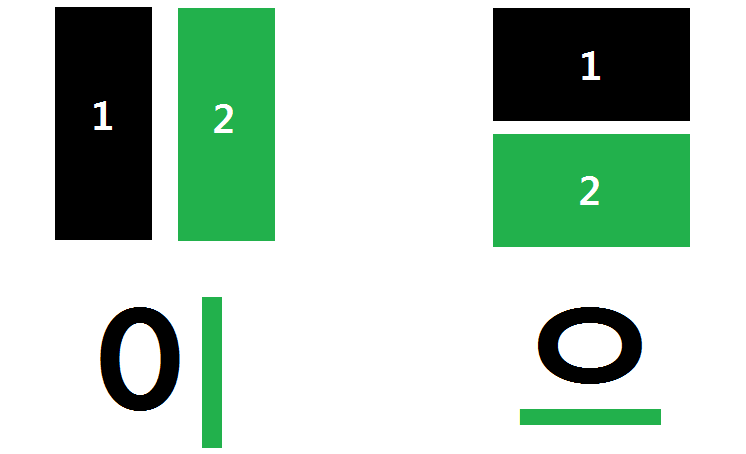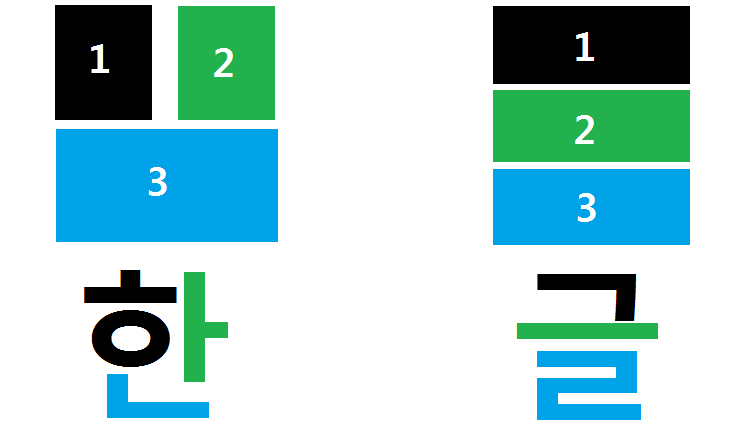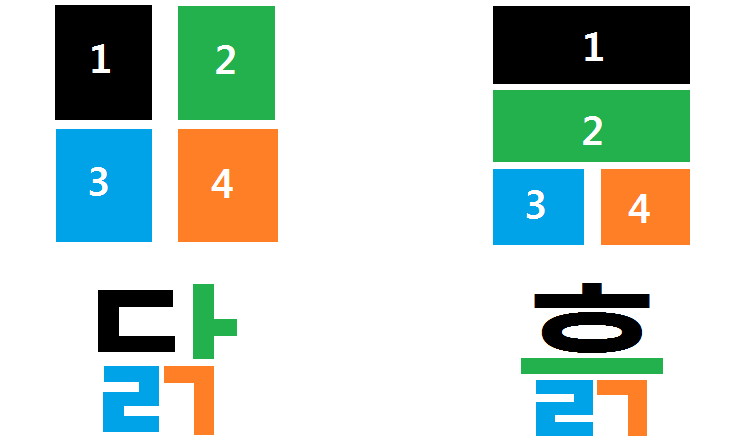주메뉴
- About IBS 연구원소개
-
Research Centers
연구단소개
- Research Outcomes
- Mathematics
- Physics
- Center for Underground Physics
- Center for Theoretical Physics of the Universe (Particle Theory and Cosmology Group)
- Center for Theoretical Physics of the Universe (Cosmology, Gravity and Astroparticle Physics Group)
- Dark Matter Axion Group
- Center for Artificial Low Dimensional Electronic Systems
- Center for Theoretical Physics of Complex Systems
- Center for Quantum Nanoscience
- Center for Exotic Nuclear Studies
- Center for Van der Waals Quantum Solids
- Center for Relativistic Laser Science
- Chemistry
- Life Sciences
- Earth Science
- Interdisciplinary
- Center for Neuroscience Imaging Research (Neuro Technology Group)
- Center for Neuroscience Imaging Research (Cognitive and Computational Neuroscience Group)
- Center for Algorithmic and Robotized Synthesis
- Center for Nanomedicine
- Center for Biomolecular and Cellular Structure
- Center for 2D Quantum Heterostructures
- Institutes
- Korea Virus Research Institute
- News Center 뉴스 센터
- Career 인재초빙
- Living in Korea IBS School-UST
- IBS School 윤리경영


주메뉴
- About IBS
-
Research Centers
- Research Outcomes
- Mathematics
- Physics
- Center for Underground Physics
- Center for Theoretical Physics of the Universe (Particle Theory and Cosmology Group)
- Center for Theoretical Physics of the Universe (Cosmology, Gravity and Astroparticle Physics Group)
- Dark Matter Axion Group
- Center for Artificial Low Dimensional Electronic Systems
- Center for Theoretical Physics of Complex Systems
- Center for Quantum Nanoscience
- Center for Exotic Nuclear Studies
- Center for Van der Waals Quantum Solids
- Center for Relativistic Laser Science
- Chemistry
- Life Sciences
- Earth Science
- Interdisciplinary
- Center for Neuroscience Imaging Research (Neuro Technology Group)
- Center for Neuroscience Imaging Research (Cognitive and Computational Neuroscience Group)
- Center for Algorithmic and Robotized Synthesis
- Center for Nanomedicine
- Center for Biomolecular and Cellular Structure
- Center for 2D Quantum Heterostructures
- Institutes
- Korea Virus Research Institute
- News Center
- Career
- Living in Korea
- IBS School
Living in Korea
Historical Perspective
From the 4th century, the Korean language used to be a right-to-left vertically written language using Han Chinese characters with Korean pronunciation. This writing system is known as hanja (한자, 漢字) or Sino Korean and it still resembles traditional Chinese and kyūjitai as it never went through major reform over the centuries. This is in contrast to the simplification of Chinese characters used in Mainland China and Japan today. Learning the tens of thousands of individual hanja characters was only doable by noble classes which led King Sejong (세종대왕, 世宗大王) in the 15th century to develop a phonetic alphabet known today as Hangul in South Korea and Chosŏn'gŭl in North Korea. Full adoption of the alphabet took around 500 years, only gaining fully widespread usage in the 1990’s or 2000’s.
Today, the Korean language is a left-to-right horizontally written language using Hangul almost exclusively. Roughly 60% of modern Korean words have hanja roots, all family names have hanja roots, and while traditionally all given names can be written in hanja, these days many youths are not given hanja or have names with no hanja roots. Hanja still occasionally appears in publications and advertisements as it carries an elite or educated feeling, but its usage is rapidly fading. As hanja is in its way out, loanwords or Konglish has been taking its place as the language evolves.
Hangul
Letters are divided into vowels and consonants and consist of basic geometric shapes. Some fonts highlight the circles and 90 degree angles, while other fonts are more stylish in their approach. Over time a number of these letters have dropped out of usage, making the system easier to learn. Unlike European languages where each letter stands alone, Korean words are written in syllable or morpheme blocks of 2, 3, or 4. How the letters are arranged in the block depends on the shape of the letters.
▼ Blocks with two characters are written left right, or top bottom.

▼ Blocks with three characters are written top left, top right, bottom or top, middle, bottom.

▼ Blocks with four characters are written top left, top right, bottom left, bottom right or top, middle, bottom left, bottom right.

The pronunciation of consonants sometimes changes depending on their placement in the blocks at the initial or final position of a morpheme block. If a block ends with two consonants, or if one block ends in a consonant and the next block starts with a different consonant, either the sounds blur together or one dominates the other. Instead of just showing all the consonants, it is much easier to learn them in groups where patterns can easily be seen.
The content on this page has been taken from the 2019 edition of Living in Korea. The book was created in support of our international researchers and has been completely rewritten. The book is available as a 6 MB download here and in paperback form in IBS Centers.












